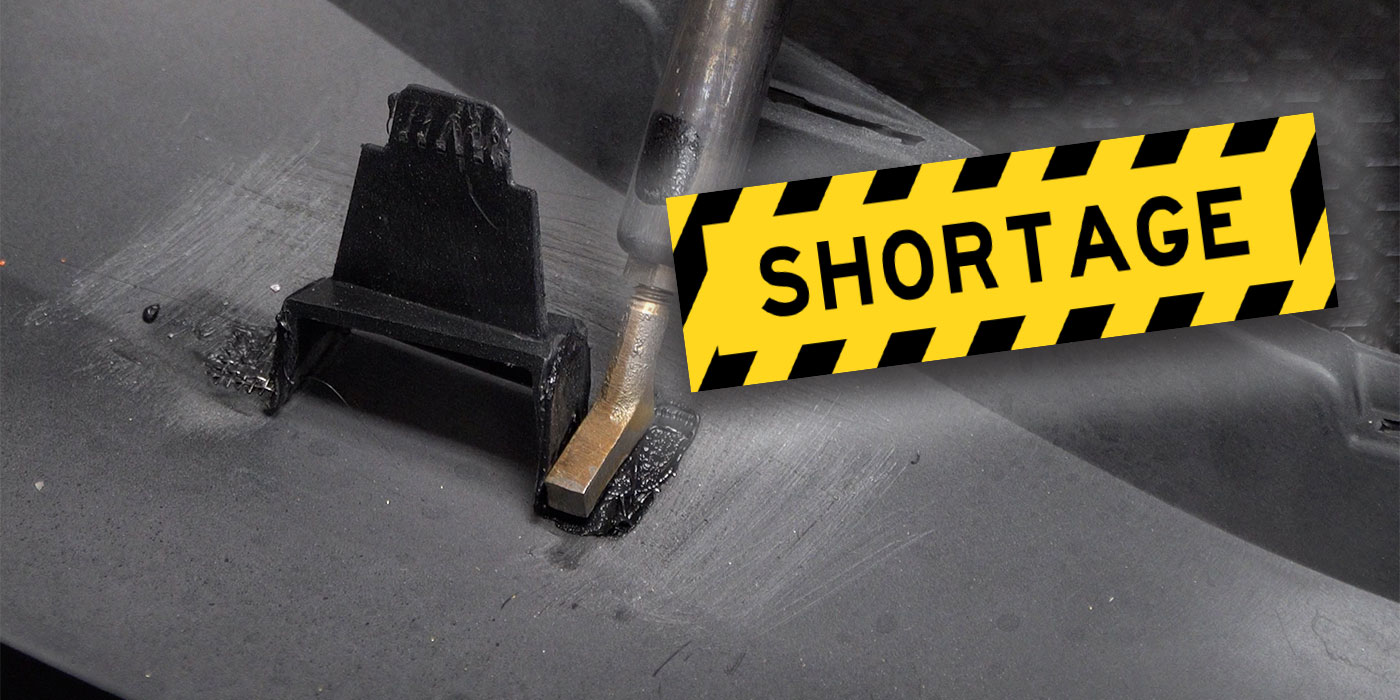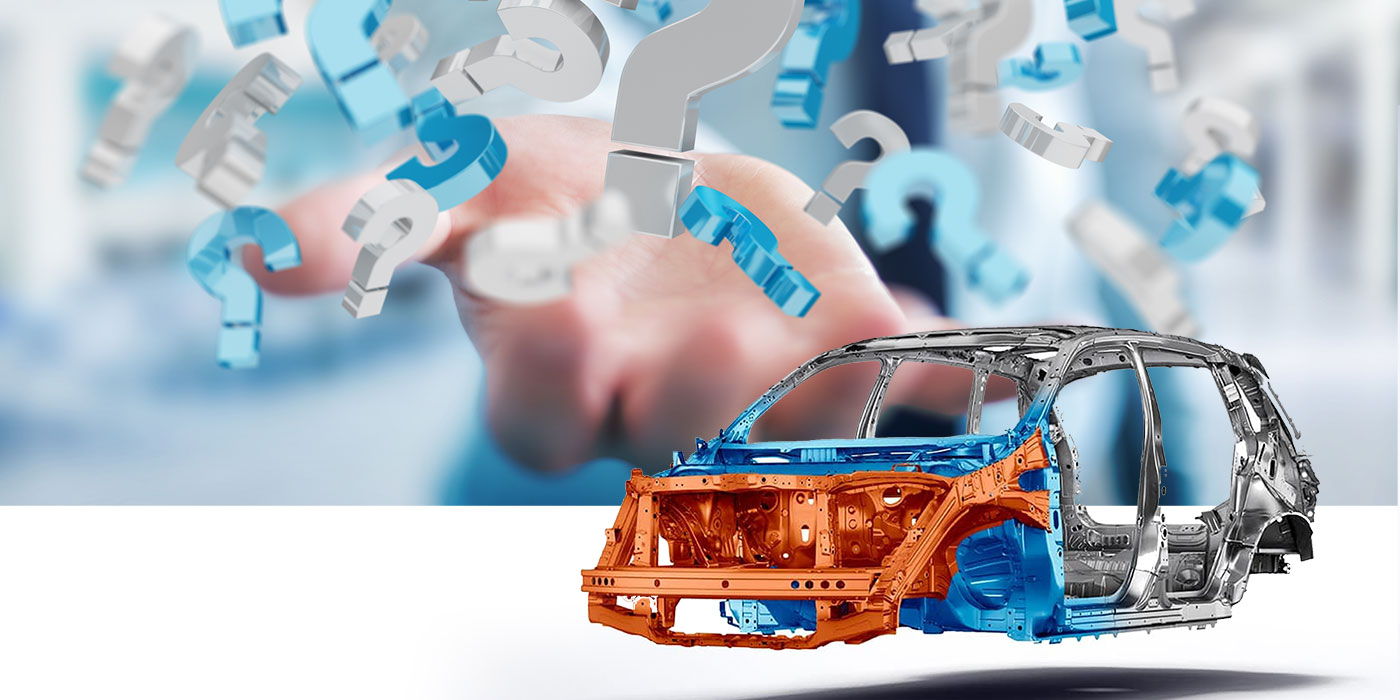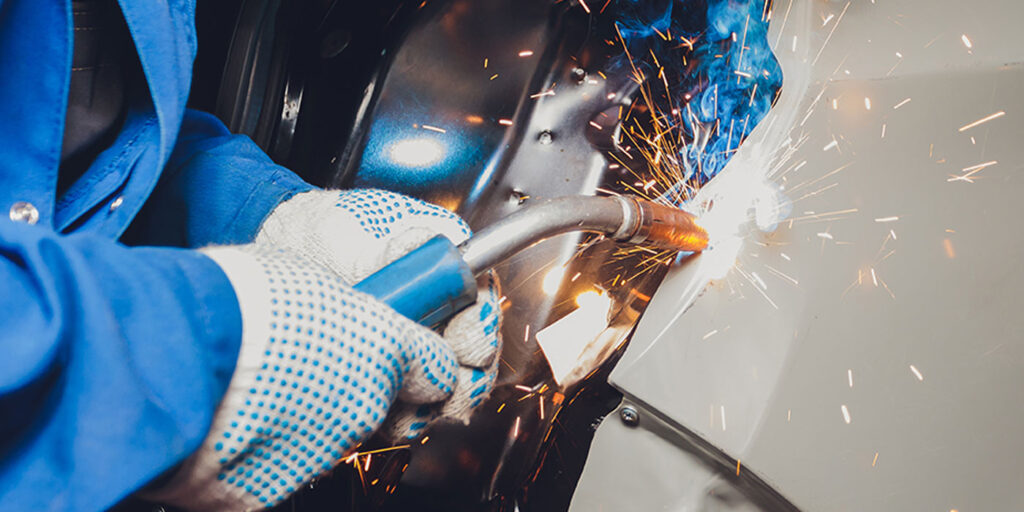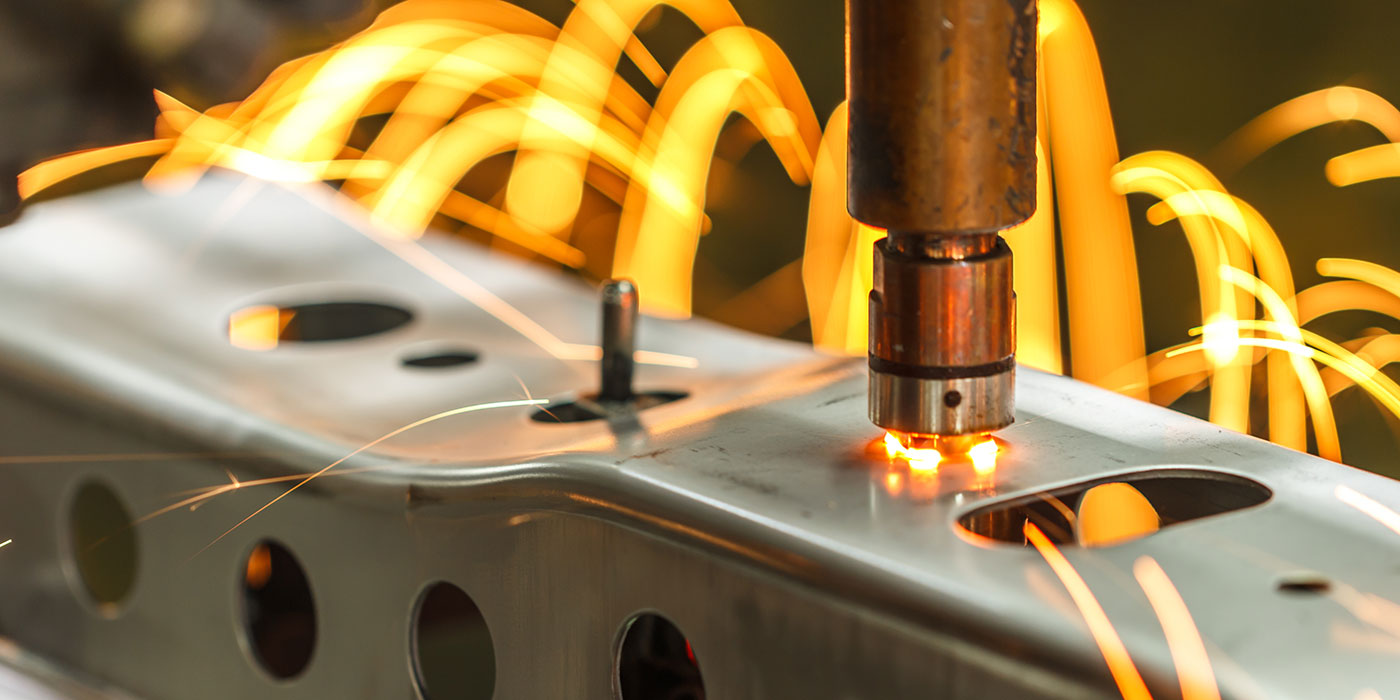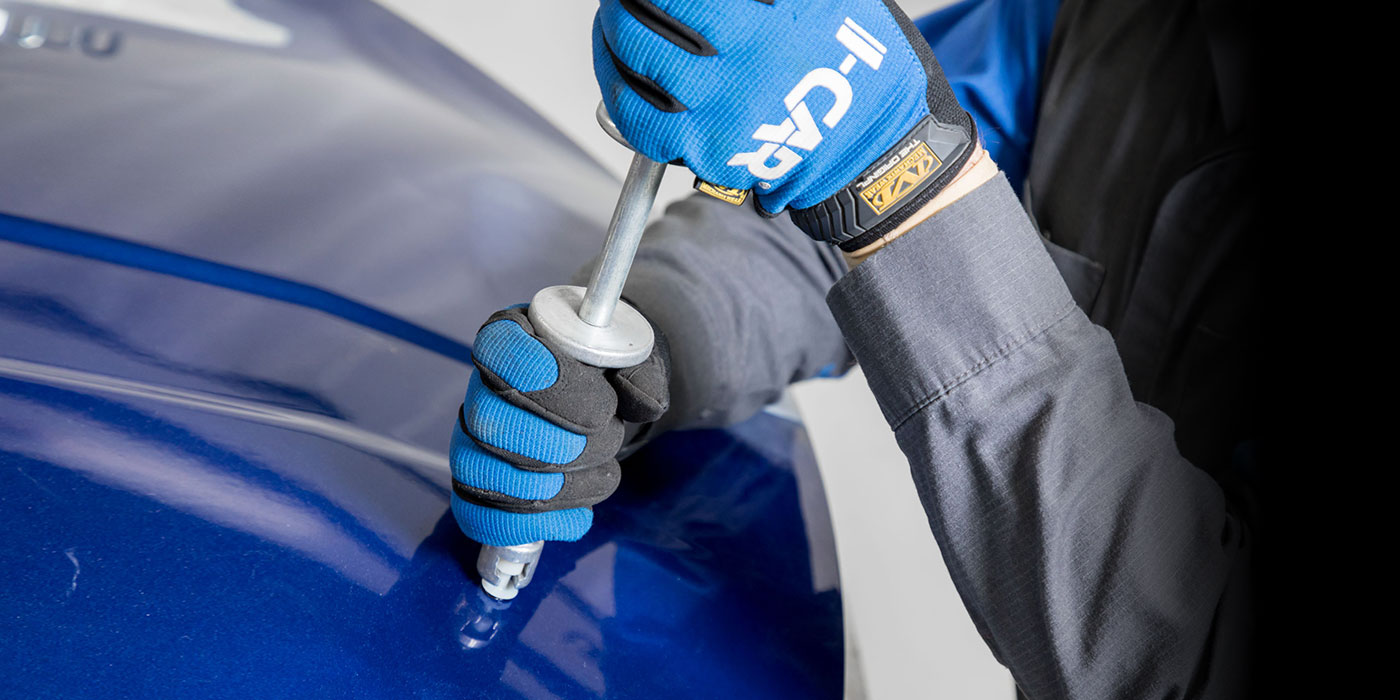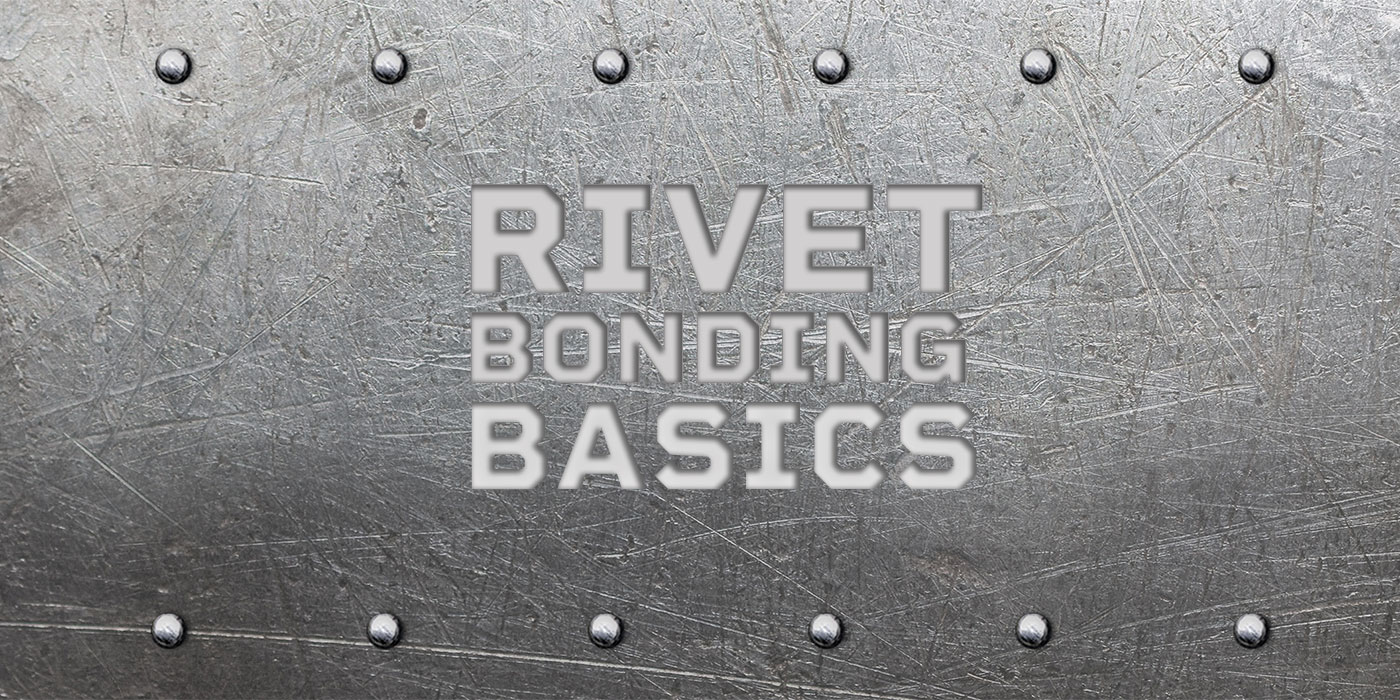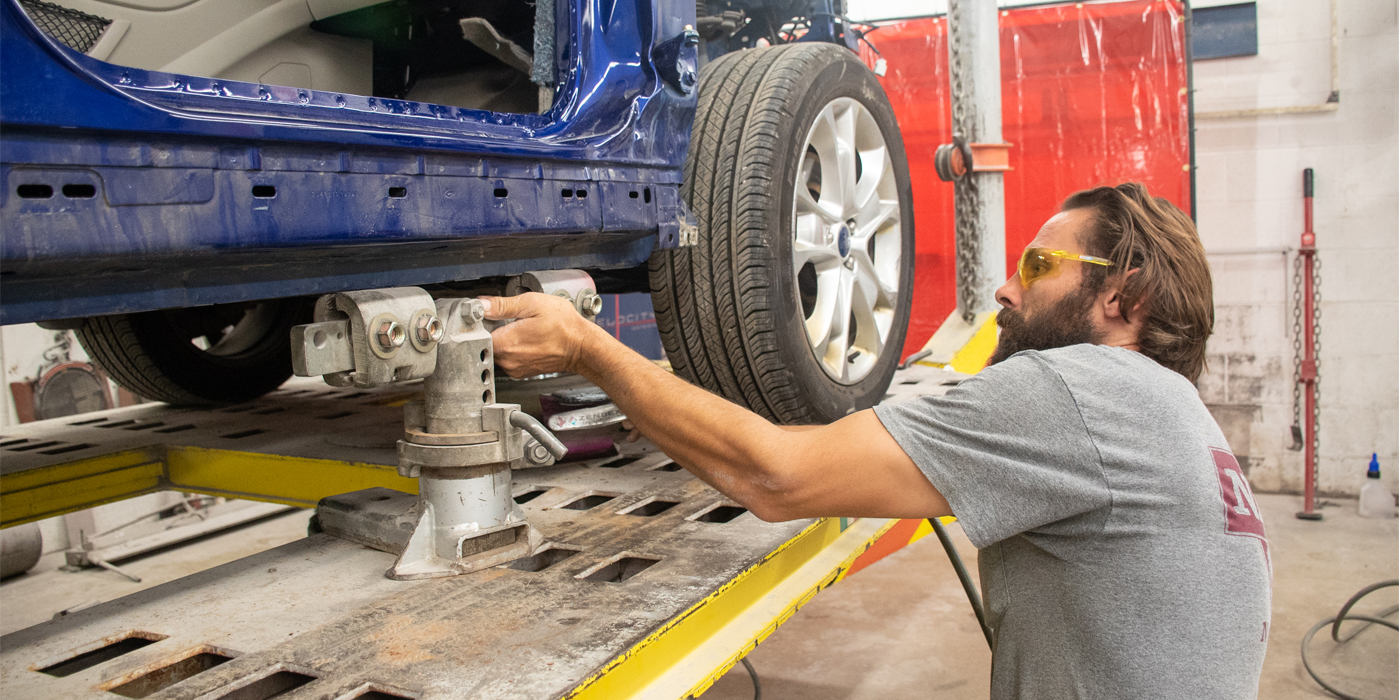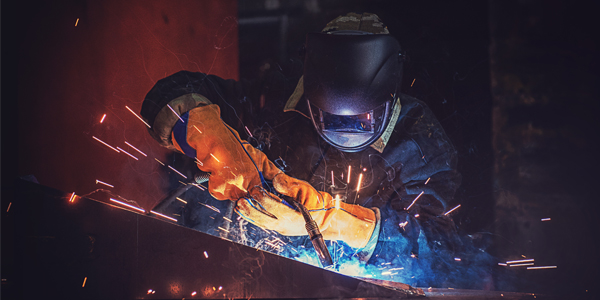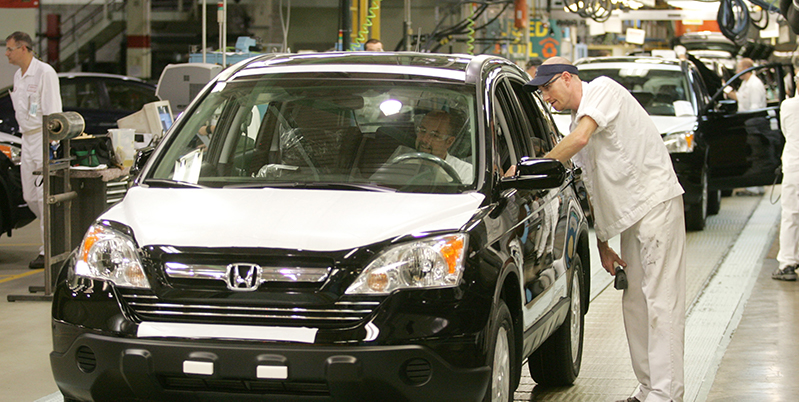
— Scott McDowell, manager
Killeen Collision Center
Killeen, Texas
Question answered by: Paul Bailey
First of all, let’s forget about what the insurers say about clipping. They don’t repair collision-damaged vehicles. As far as I know, I-CAR isn’t in the business of repairing cars, either; they’re quick to point out that they’re a training organization. And while we’re at it, let’s remember that the estimating system programmers don’t repair collision-damaged vehicles. Even the manufacturers don’t repair the vehicles they sell. They engineer, test and build them, but to my knowledge, the manufacturers aren’t returning wrecks to the assembly line to be rebuilt. One group of people actually repairs collision-damaged vehicles, and that group is the collision repair technicians.
But wait!
Thousands of techs across the country will tell you they’ve been clipping cars for years and that it’s a perfectly safe procedure. And yet we still see cars broken in half in the news all over the country. When so many entities, all of whom are often perceived as collision repair experts, offer so many differing opinions about a controversial issue, who determines whose opinion is correct? Who should decide whether or not clipping is an acceptable repair procedure? Who gets the final word? Hmmm. Let’s take a closer look at the entities that tend to influence the issue.
Before I go any further, I should point out that I am not an attorney and no part of this text should be in any way construed as legal advice. This is merely a layman’s opinion. If you’re the least bit unsure about any legal issues involved with the clipping of cars or any other repairs you perform, you should seek the advice of a qualified attorney who’s licensed to practice law in your state.
Insurer Influence
Now, if you’re clipping cars because of insurer influence, join the
majority of the collision repair industry. But keep in mind that when insurers write for a rear section (or any other repair, for that matter), they don’t care whether you do it right or not. Insurers don’t necessarily want us to hack cars, but money takes total priority over quality. Their main objective is to close the claim at the lowest possible cost to them.
Also keep in mind that your contract of repair is with the vehicle owner. Should you negotiate repair procedures with an insurer without the vehicle owner present? I wouldn’t.
Remember that insurers don’t repair cars; collision repairers repair cars. If something goes wrong with the repair, it doesn’t matter what the insurer wrote or paid for or “allowed” on its sheet. What matters is who repaired the car and what the repairer did. You caught that key phrase, right? “…what the repairer did.” The insurer didn’t touch the car. Where do you suppose the liability lands if the technician didn’t maintain the full structural integrity of the vehicle? Of course, the same liability goes with every vehicle you repair, but cutting the car completely in half certainly leaves a much wider area open for variables that can go wrong.
I-CAR’s Position
What does I-CAR have to say about clipping? I understand they now offer a class on rear sectioning (SPS02), but I haven’t attended it. Although the class is offered, I-CAR firmly maintains that they take no stand on the issue of clipping. As I-CAR’s director of business development and field operations Rick Tuuri states, “I-CAR does not establish standards for collision repair. I-CAR is a training organization that does not certify technicians, facilities or repairs. When performing any repair, I-CAR defers to the OEM policies and procedures for that repair. I-CAR only teaches those procedures that are valid when applicable. We truly make no recommendations, although many construe the knowledge that they receive as an ‘endorsement.’ I don’t know how we combat that except to simply state that the repairer and insurer should always refer to OEM procedures prior to repair.”
Tuuri’s statements are important to keep in mind when dealing with that adjuster or field appraiser who uses the old line, “But it’s an I-CAR approved procedure.” You see, it’s perfectly clear that even though I-CAR will teach you what it has determined to be a good, reliable method of performing a particular procedure, that procedure may or may not be an OEM-approved procedure and it may even be illegal in some states under certain circumstances. For this reason, before I consider performing any I-CAR-approved procedure, I would research the OEM recommendations for that procedure. And please remember, once again, I’m not an attorney.
The same situation occurs with the data providers. Even though your estimating system may list a certain procedure such as a full rear section, it may not necessarily be an OEM-approved or even I-CAR-approved procedure. I recall one estimating system update that was to include times for panel bonding factory-welded panels. Even though the OEMs hadn’t approved full panel bonding, the database listed the procedure. From what I understand, the program was modified after substantial feedback from users.
What the OEMs Say
What do manufacturers have to say? Some have bulletins that may be obtainable through your local dealer or you can check their technical information Web sites. For instance, Toyota’s Collision Repair Information Bulletin (CRIB) #122 states, “Full body sectioning, also known as clipping, is not an approved repair procedure on any Toyota or Lexus vehicle. Full body sectioning is generally done on a vehicle that has sustained severe rear end damage, where the front portion of one vehicle is joined with the rear portion of another vehicle.”
Other manufacturers have issued position statements, and some are quite clear in their disapproval of the use of this repair method. In a General Motors statement released November 1, 2006, Pamela Reynolds states, “Replacing damaged parts of a vehicle designed to crush in a collision may reduce occupant protection in a future collision. GM has not tested or validated a clipped vehicle repair, therefore, GM cannot endorse this type of repair or confirm the crash performance in a subsequent collision.”
Ford Motor Company’s Steve Nantau is also clear in a detailed statement against clipping in which he brings up several important issues the repairer should consider. “Because every repair is unique, it is impossible to test whether the repair technique affects the safety, performance or durability of the vehicle. Other factors weigh heavily in this position, including hidden damage to individual components, assemblies or systems in the clip that may not be readily apparent to the repairer.”
Consider this when you’re calling salvage yards for that next rear clip. The car you’re repairing was wrecked a couple of weeks ago, but the donor car was wrecked last year. The two cars are the same age but one was wrecked earlier. The one that was wrecked earlier was in the salvage yard so it was obviously a total loss last year. If the donor car of the same age was a total loss a year before the car you’re repairing, it must have sustained more severe damage. So you’re going to repair a car using parts from a car that sustained more severe damage, even though you learned years ago that damage travels throughout the entire vehicle? This is how clipped cars got the nickname, “Frankenstein Cars.”
All of the manufacturers are clear in pointing out that salvage parts are not covered under the vehicle’s warranty. They also clearly explain that if the vehicle sustains damage or corrosion that resulted from a problem with the salvage part, the vehicle warranty won’t cover it. The OEMs don’t cover their own product when it comes from a salvage yard because of its unknown history and variables such as previous damage and exposure to elements. New, undamaged parts that are properly installed will react to a subsequent impact in the same manner as the original parts.
Many would argue that if you need two frame rails, a floor pan, inner and outer wheelhouses, inner and outer quarter panels, and a rear body panel, you’re better off clipping the car. That can be a valid point in a few cases if the design of the car allows for all separation of structural panels to take place at factory seams and if every factory spotweld that’s cut can be re-welded and protected from corrosion.
Another argument can be made that if the OEM bulletin or statement specifies that clipping involves cutting through the floor and windshield pillars, then it’s still OK to cut through the floor and sail panels like the majority of the clip repairs I’ve seen. But cutting through the sail panels is still clipping, isn’t it?
Ford’s Nantau also points out the importance of legal issues to consider.
“Ford strongly recommends that repairers and insurers considering the use of a clip carefully check state collision repair laws and regulations to determine whether the vehicle must be re-titled as ‘rebuilt’ or ‘salvage’ if the clip procedure is used,” he says. “Ford also strongly recommends that repairers advise and obtain the written repair authorization of the vehicle owner, in advance, if the clip procedure is to be used and re-titling is required.”
Against the Law?
I checked through some different states’ statutes and found that several other states have something written into their laws worded similarly to this Florida statute:
559.920 Unlawful acts and practices. It shall be a violation of this act for any motor vehicle repair shop or employee thereof to: …
…(16) Rebuild or restore a rebuilt vehicle without the knowledge of the owner in such a manner that it does not conform to the original vehicle manufacturer’s established repair procedures or specifications and allowable tolerances for the particular model and year.
The way I understand this statute is that if the manufacturer has issued a statement against clipping, performing the procedure without the vehicle owner’s permission might be rendered illegal.
But I wanted to get a second opinion from someone who has a much better understanding of law, so I asked Erica Eversman, chief counsel for Vehicle Information Services, Inc. in Bath, Ohio, if my understanding of the statute is
correct.
“That’s how I read this statute,” she says. “It appears to me that a repair facility could be held liable for consumer fraud for engaging in such an activity without the express (probably requires written) consent of the vehicle owner. Not insurer. Owner. (And that could also include another entity that has a financial interest, too.) And woe be to the insurer who represents that it is acting on the owner’s behalf.”
Even though Eversman is an attorney, you should still discuss this issue with an attorney who’s licensed to practice in the state where you do business to obtain the most accurate interpretation of the laws that apply directly to you.
Now, considering all these aspects of the issue, let me ask again: Who gets the final word? In my opinion, the decision whether or not to clip any vehicle is one that three people should discuss together. The owner of the vehicle should have the final say, but only after all these issues have been fully explained in detail. The repair technician must determine whether or not the procedure will affect the structural integrity of the vehicle, as well as whether or not he wants to absorb any liability for what may be a non-OEM approved procedure. The repair shop owner especially must consider the liability involved because his entire business rests on what the technicians in his shop are doing.
It’s Your Call
Should we refuse to clip cars? Hey, if you want to clip cars, it’s your business; I won’t tell you it’s wrong. But I think the few salvage quarter sections I install from time to time are about as close as I care to get to clipping a car. When it comes down to it, I’d rather not even install those occasional quarter panels to be honest. Give me the manufacturer’s undamaged, never-before-used frame and structural components, pretty please. These are the parts the car was built with the first time, and they’re the parts I prefer to build it with the second time. And I’d bet most consumers would agree.
Thoroughly communicate with your customer about all aspects of this or any repair, and then serve his best interests regarding the safety of all who might ride in the vehicle as well as his financial interest and the possibility of a voided warranty. Yes, you may lose a few clips that you could’ve saved from a total loss or kept in your shop as opposed to seeing them towed down the street. However, there’s no way to anticipate or calculate the loss you might suffer if one of your customers didn’t know you were going to cut his or her car in half. Explain everything in full detail to your customer and document everything in full detail in your file. That’s the best advice I know to give.
Writer Paul Bailey, a contributing editor to BodyShop Business, has been a collision repairman for more than 20 years and is an avid photographer, writer and artist. Currently at work on what he expects to be his first book, Bailey resides in Florida with his wife, Cathy. Contact him at [email protected].



